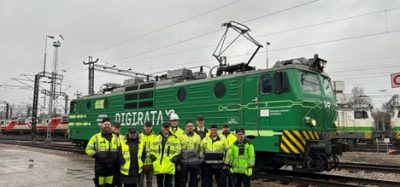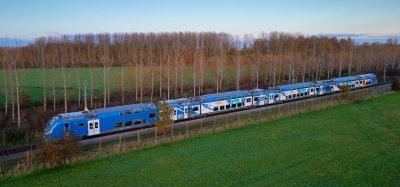Kapsch successfully finalises two GSM-R projects in the Czech Republic
Posted: 7 August 2014 | | No comments yet
For the railway sections Lanžhot (CZ) – Kúty (SK) and Břeclav (CZ) – Hohenau (A) the European Train Control System is now available…


For the railway sections Lanžhot (CZ) – Kúty (SK) and Břeclav (CZ) – Hohenau (A) the European Train Control System (ETCS) is now available. Kapsch CarrierCom, a leading supplier of radio communication systems for railway operators around the world, equipped the two routes with GSM-R (GSM for railways) technology. This is a further contribution for standardised signaling, control and train safety system on Europe’s railway network. The two projects consisted of the implementation of geo-redundant GSM-R core networks and base stations and were recently finalised in time and on budget. Kapsch will provide technical support for the Czech Railway Infrastructure Administration SŽDC s.o. (Správa železniční dopravní cesty, státní organizace).
More and more parts of the European railway network are becoming part of the standardised ETCS safety system. Since the end of June 2014, two important sections in the Czech Republic are now fully equipped with GSM-R technology. Train operations can now rely on a fully interoperable system. “We are very proud that we can contribute to the smooth interworking of radio communication systems on European railways. Existing gaps are being filled at a rapid pace,” says Horst Kaufmann, Head of Sales GSM-R for the CEE region at Kapsch CarrierCom.
International railway traffic between Czech Republic, Austria and Slovakia
The section between Břeclav (CZ) and Hohenau (A) is 15 kilometers long and extends further into Austria. It is an important passenger railway connection to Austria’s capital Vienna and its second largest city Graz. Kapsch implemented the geo-redundant GSM-R core network and one additional base station (BTS) on that route. Optic cabling is being used for transmission of signals. For the 15 km route between Lanžhot (CZ) and Kúty (SK) which then heads towards Hungary – an essential route for passenger traffic to Bratislava (SK) and to the South, e.g. to Budapest (H) – the same setup was applied.







